Deadly Seaweed Now Killing Fish And Wildlife On Florida Beaches Has Unexpected Human Cause
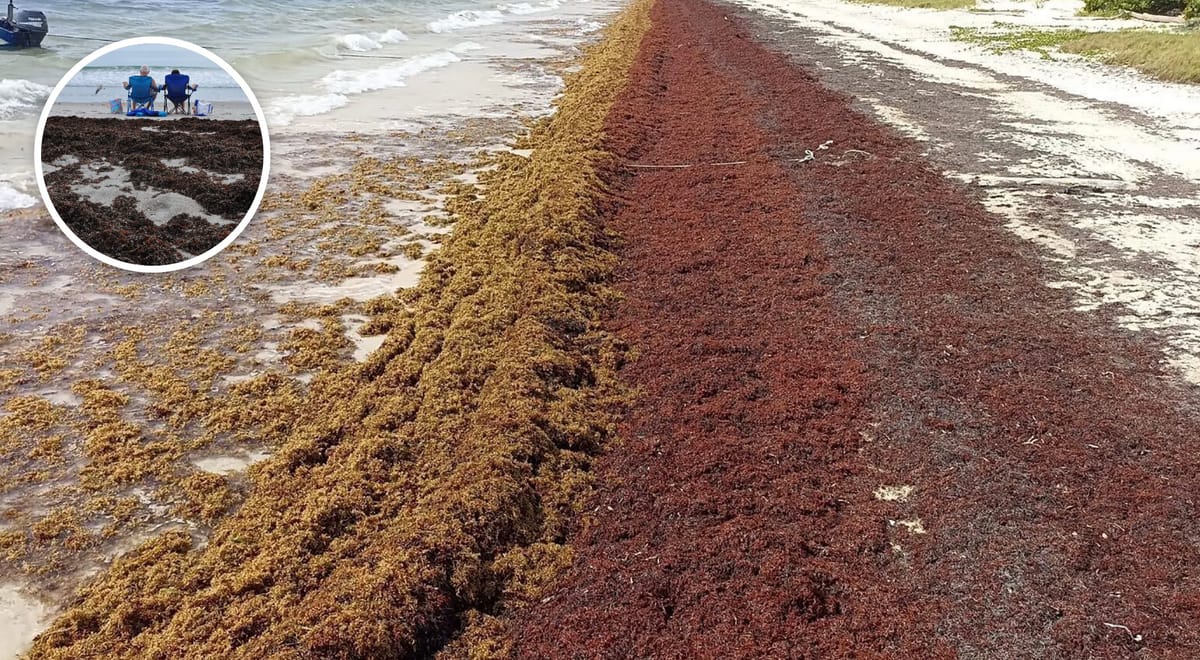
A toxic brown menace has arrived on Florida's pristine beaches, and it's already broken records before the growing season has even ended.

The Toxic Invader Transforming Paradise
Beaches across Florida and the Caribbean are facing an unprecedented crisis as mountains of brown seaweed wash ashore, transforming idyllic white sand coastlines into foul-smelling hazard zones.
This year's sargassum bloom has already reached a staggering 31 million tons – shattering previous records by 40% according to researchers at Florida Atlantic University.
The massive bloom now stretches across 5,500 miles of ocean, visible from space as it creeps toward popular tourist destinations.
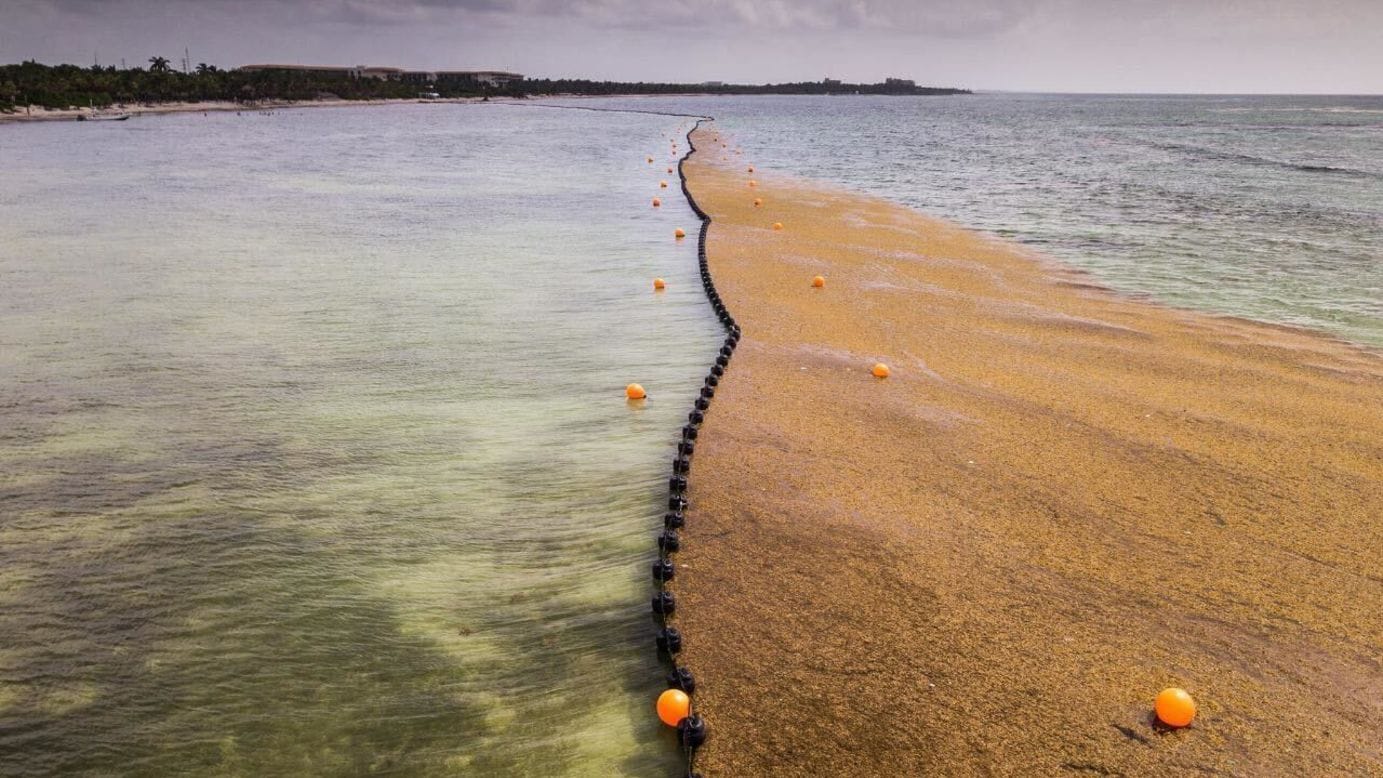
"When you see the mass inundation events along the beaches, you don't see many fish or crabs," explains Brian LaPointe, a research professor who has studied sargassum for decades. "If you do, they're probably dead because there's no oxygen in that water."
As the seaweed decomposes, it releases hydrogen sulfide gas – responsible for the rotten egg smell that drives away tourists and creates health hazards for nearby communities.
Economic Devastation in Paradise
The impact on tourism-dependent economies has been devastating.
Resorts from Miami to Mexico are deploying heavy machinery daily to clear beaches, an expensive and environmentally damaging process that still can't keep pace with the endless waves of seaweed.
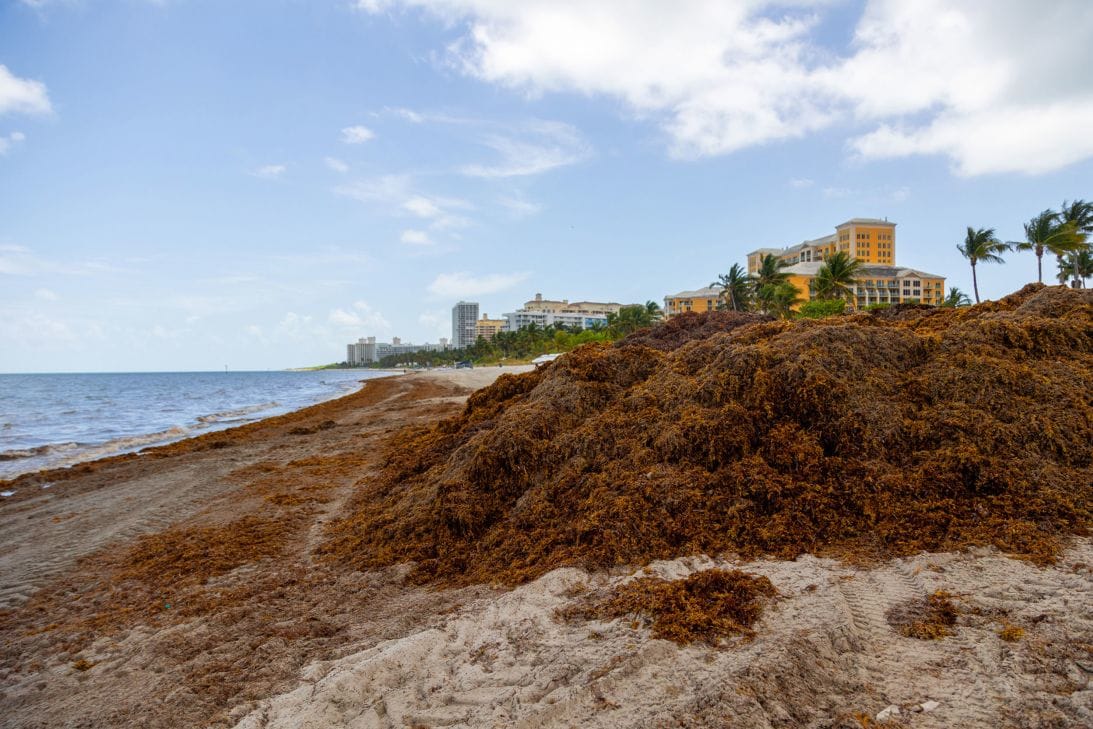
"The tourists check out, and they don't come back," LaPointe noted, highlighting the economic ripple effects threatening coastal communities.
In Mexico's Quintana Roo state, home to popular destinations like Cancun and Playa del Carmen, the situation has become so dire that the government has partnered with the Mexican Navy to install nearly 6 miles of barriers to protect beaches.
These floating barriers, similar to those used in oil spills, aim to prevent the seaweed from reaching the shore – a desperate measure as traditional cleanup methods prove insufficient.
A Natural Phenomenon Gone Haywire
Sargassum itself isn't new. Christopher Columbus encountered it during his voyages, and it's traditionally played an important ecological role in the Atlantic.

The floating seaweed provides habitat for sea turtles, fish, and countless marine organisms as it drifts naturally from West Africa toward the Americas.
"Sargassum has been around for eons," LaPointe explained. "But what we are seeing now is above and beyond what we had historically."
Since 2011, coastal communities have faced increasingly severe "inundation events" as the natural balance that kept sargassum in check has been disrupted.
The Surprising Human Cause
While climate change and warming oceans contribute to the problem, researchers have identified a more specific human activity driving the explosive growth.
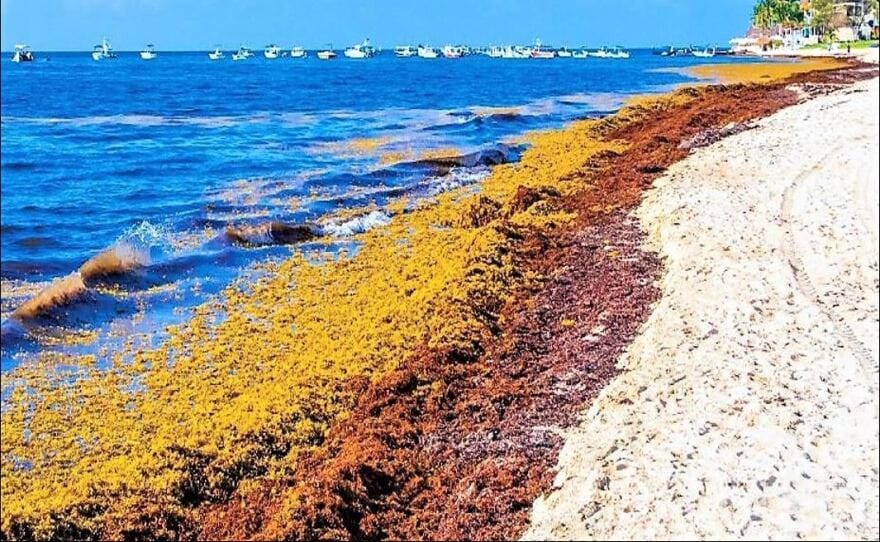
The primary culprit? Agricultural fertilizers used in America's heartland and in South America, particularly in recently deforested areas of the Amazon basin.
These nitrogen-rich fertilizers make their way into major waterways like the Mississippi and Amazon Rivers, eventually reaching the Atlantic Ocean where they supercharge sargassum growth.
The problem has been amplified by extreme drought in the Amazon region, which has experienced its lowest water levels on record in the past two years.
When rains finally arrive after prolonged drought, they create "first flush" events that sweep concentrated nutrients into waterways all at once, providing a feast for the hungry seaweed.
Finding Solutions in the Brown Tide
As communities grapple with what appears to be a new normal, researchers are exploring ways to turn the crisis into opportunity.
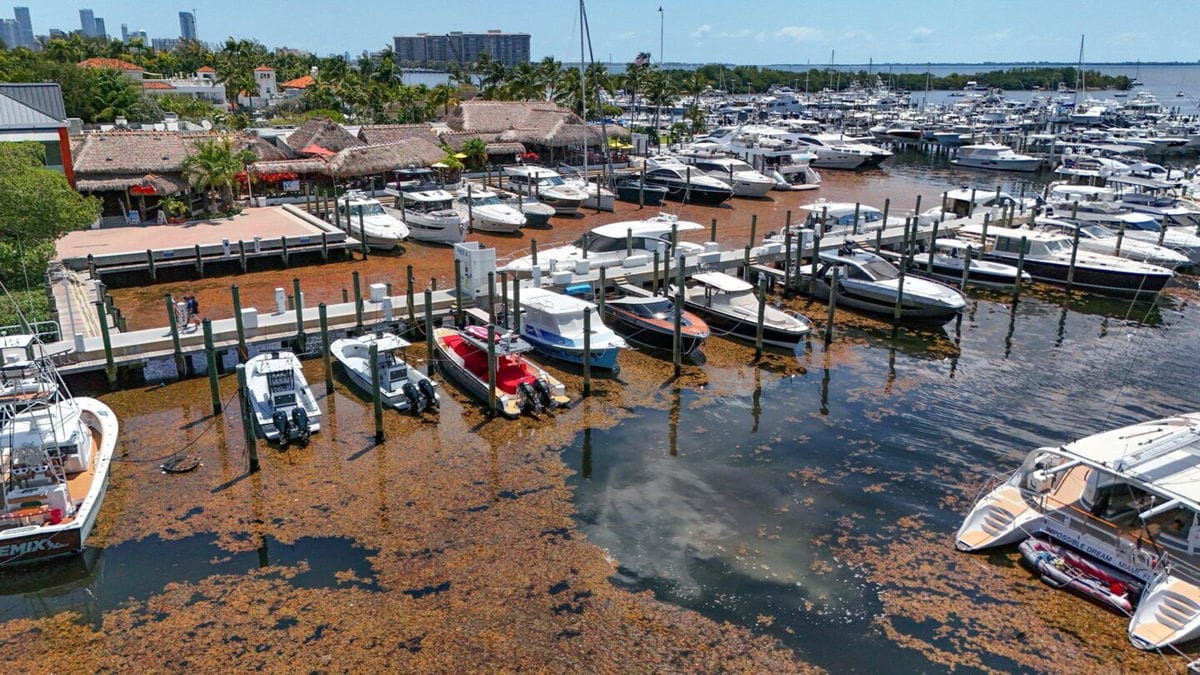
Scientists are investigating using sargassum for biofuel, building materials, and even as a replacement for single-use plastics.
"If we could harvest this sargassum and produce this biodegradable product that could replace single use plastics, that would begin to restore the oceans regarding the serious plastic pollution that we're seeing," suggested LaPointe.
The seaweed is highly absorbent, potentially useful for cleaning water by absorbing heavy metals and contaminants – the very properties that make it toxic when it accumulates in excessive amounts.
Christian Appendini, professor at the Universidad Nacional Autónoma de México, sees the record-breaking bloom as a warning sign: "I think the sargassum blooms are like a warning that we need to be more mindful of how we are developing in this world. We need to change how we do things."



